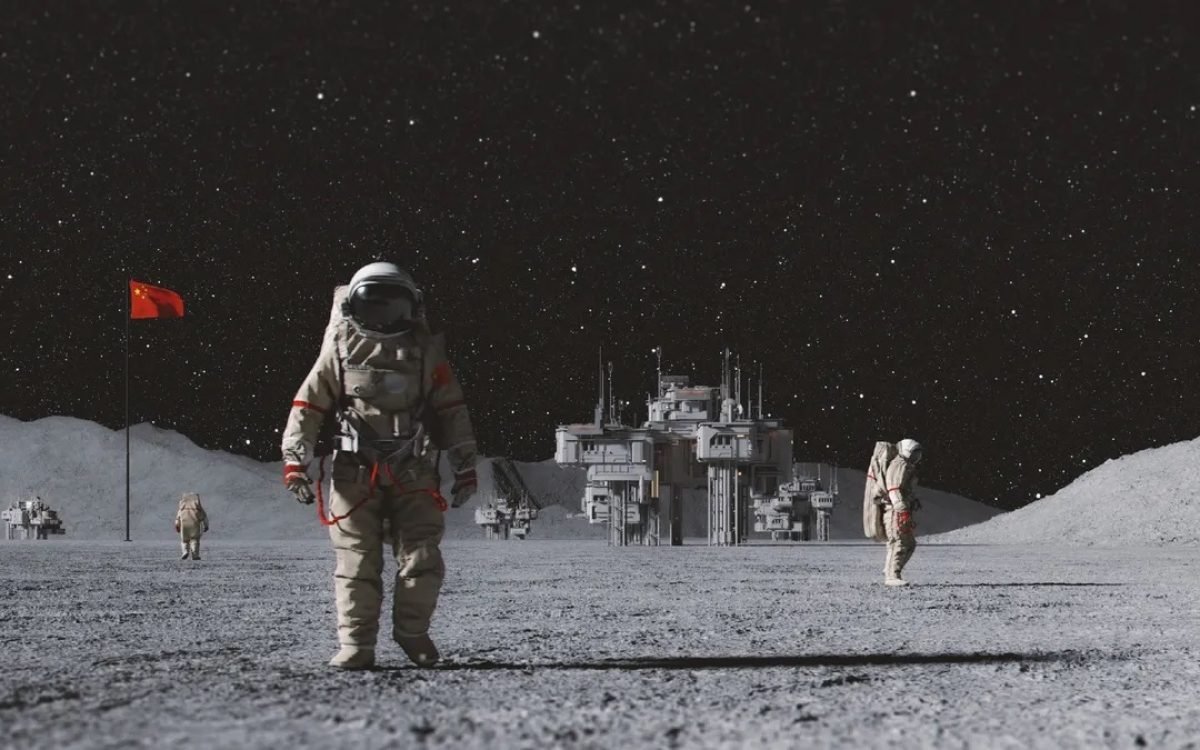In a bold and forward-looking initiative, Russia’s Roscosmos and China’s CNSA have unveiled plans to establish a lunar base powered by an automated nuclear reactor by the year 2035. This ambitious project not only represents a significant leap in lunar exploration but also underscores the potential of international collaboration in space exploration endeavors.
The origins of this groundbreaking collaboration can be traced back to discussions initiated in 2021 when Roscosmos and CNSA announced their intention to develop the International Lunar Research Station (ILRS). Conceived as a shared platform for lunar research and exploration, the ILRS was envisioned to be inclusive of all nations and international partners interested in lunar exploration.
Fast forward to the present, and the partnership between Roscosmos and CNSA has evolved into a formidable alliance aimed at pushing the boundaries of human presence and activity on the moon. The decision to incorporate a nuclear-powered reactor into the infrastructure of the lunar base reflects a shared commitment to advancing the frontiers of space exploration.
The announcement of this ambitious endeavor comes at a time of geopolitical complexity, marked by strained relations between major space agencies such as NASA, CNSA, and Roscosmos. Despite these challenges, the collaboration between Russia and China demonstrates a willingness to transcend political differences in pursuit of common scientific goals.
Roscosmos Director General Yury Borisov’s statement regarding the development of a lunar nuclear reactor alongside CNSA underscores the collaborative spirit and technical expertise driving this endeavor. The proposed reactor, scheduled for deployment between 2033 and 2035, represents a milestone in space technology and holds the promise of enabling sustained human presence on the lunar surface.
However, the project also raises important questions and challenges, including concerns about safety, environmental impact, and international regulations governing the use of nuclear power in space. Addressing these issues will require close cooperation among stakeholders and a rigorous approach to safety and ethical standards.
As the project moves forward, stakeholders must navigate a complex landscape of technical, regulatory, and ethical considerations to ensure the responsible and sustainable development of lunar infrastructure. Moreover, the success of the Russia-China collaboration could serve as a model for future international partnerships in space exploration, fostering cooperation and mutual understanding among nations.
In the vast expanse of the cosmos, the journey towards a nuclear-powered lunar base represents a testament to human ingenuity, ambition, and collaboration. As Russia and China embark on this historic endeavor, they pave the way for a new era of exploration and discovery, inspiring generations to reach for the stars.









